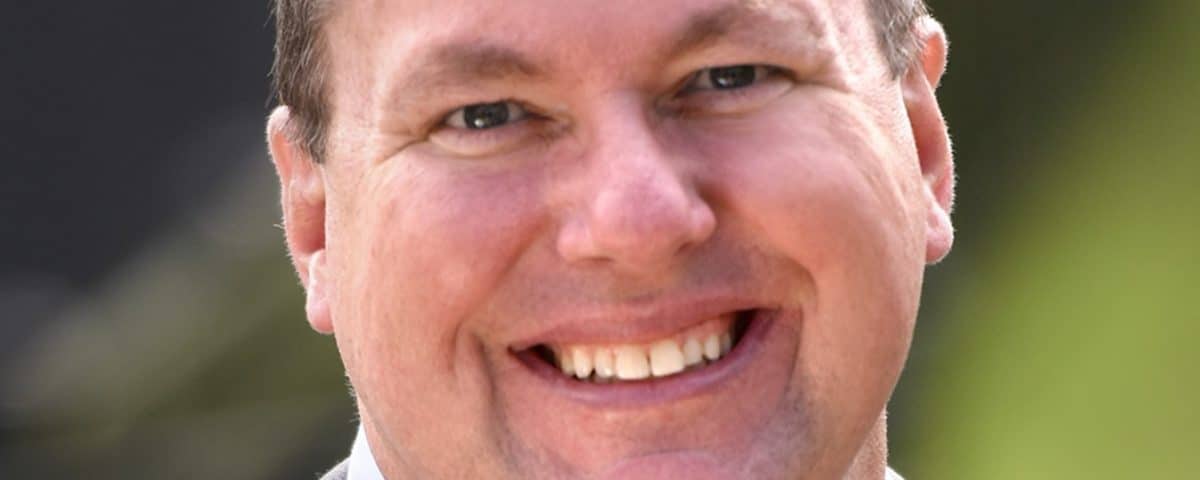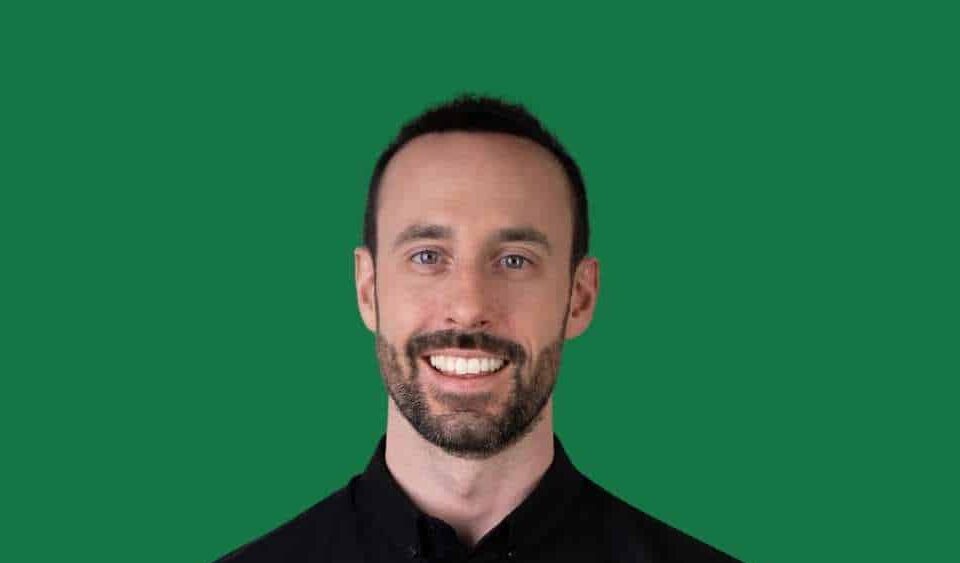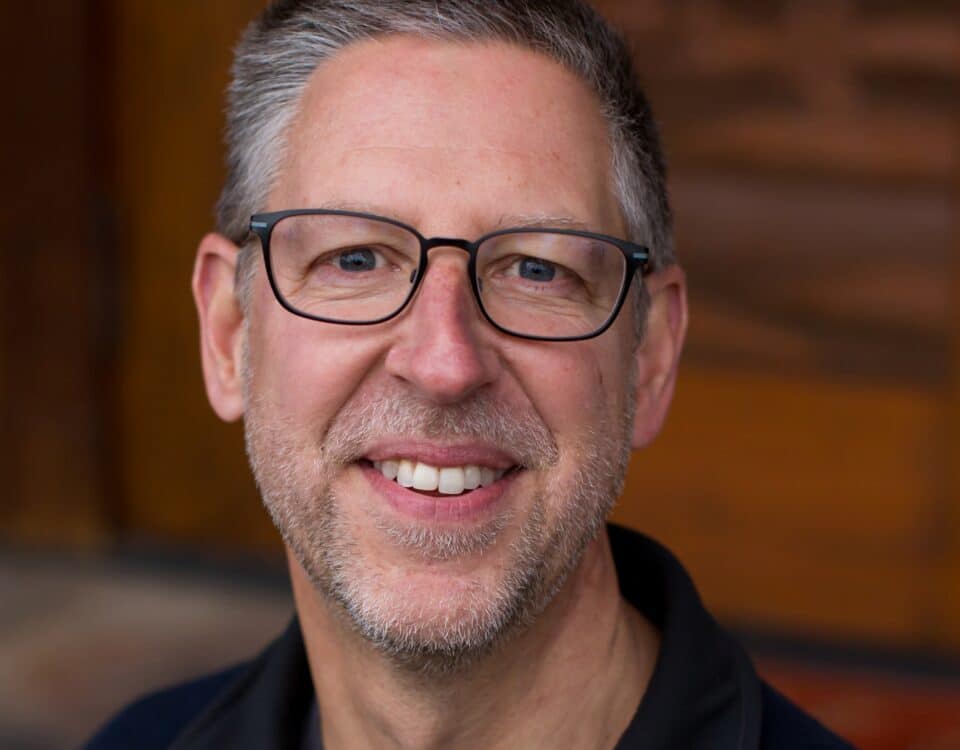Siberian-born unicorn is now among world’s top ride-hailing apps
September 23, 2021
This restaurant company positioned its eateries for fast-growth despite the pandemic
September 30, 2021When Brent Wilson started Galvanic Energy to capitalize on the growing demand for lithium—which powers electric vehicles—in June of 2018, he had lots of experience as a geologist but very little as a CEO. So he worked with Scaling Up Certified Coach Stacy Eads to help him develop his leadership skills and articulate a clear vision for the company.
Since then, the Oklahoma City-area company has used its proprietary approach to explore for lithium and other minerals in deep reservoir brine and secured a source of 4 million tons of lithium carbonate equivalent in Southern Arkansas, enough to power more than 50 million electric vehicles. It has successfully raised more than $10 million since its inception. Wilson is now aiming for a $1 billion valuation. In 2020, the company won the Most Promising New Business award from the Oklahoma Venture Forum.
How has the company pulled it off? Eads believes that following the Scaling Up system from their early days and adhering to the recommended meeting rhythms sped their progress. “They committed from day one,” she says. “They were ‘all in.’ That’s what propelled a lot of the momentum.”
Evolving as a leader
Wilson and his founding team started Galvanic Energy after working together at an oil and gas company. While Wilson worked there as a geoscience manager, he was part of a research group that opened his eyes to other opportunities in the industry. But when that company conducted a round of layoffs, he decided the timing was right to go out on his own and launched Galvanic Energy, hiring his former technical team.
Once Wilson became CEO of his startup, he realized that leading his own company would differ considerably from steering a team in a larger enterprise. “When you start your own company, especially a small lean startup, so much is on your shoulders,” says Wilson. “You never have to make such weight-bearing decisions as you do as an entrepreneur.”
At his business attorney’s suggestion, Wilson attended a class in the Scaling Up program, taught by Certified Scaling Up Coach Rob Garibay. “A lightbulb went off as soon as Rob started talking about basic strategy and the Seven Strata of Strategy,” Wilson recalls. “I could see right away there is a science to running a business. Here was a clear, uniform way of approaching a problem.”
Garibay soon referred him to Eads, whom Garibay trained. She had previously been CEO of a technology company and understood the realities facing CEOs.
Hiring the right people—on a startup’s budget
One of Wilson’s biggest challenges was the People side of his business. He had three people on his team and wanted to hire three more in the immediate future. Wilson wanted to get the right people in the right seats on the bus, as Jim Collins advises, but attracting them wasn’t as easy as it would have been at a bigger company. “I only had a certain pool of people who believed in the idea,” he says. Plus, his compensation budget was lean.
What helped him build a strong team was a principle he learned from the Scaling Up system: Helping his team grow through coaching. “Our team members were going to have to grow into being not just technical people but business-oriented people,” Wilson says. Including his leadership team in the meetings with Eads helped on that front.
Embracing the One-Page Strategic Plan
One thing that helped Wilson succeed in building a team of A players was completing the One-Page Strategic Plan with Eads, so he could articulate his vision for the company. “That became a key opportunity to align the business,” he says.
As he embarked on developing Galvanic Energy’s leadership team, he was able to communicate core values such as Trust and Respect and the Big Hairy Audacious Goal (BHAG) they set—to become the number one lithium exploration company in the U.S. “If we aimed too low, we would never be noticed,” says Wilson. “We would never attract investors or raise enough capital.”
That was helpful as the company grew to close to 10 employees and 30-35 contractors.
Setting quarterly goals
To keep his team aiming high, Wilson and Eads developed quarterly goals. These goals fed into larger ones, such as leasing 100,000 acres in two years. To get to that goal, they needed to lease 12,500 acres per quarter. To keep the team on track, Wilson met with Eads every two weeks and established accountability on the team for the steps necessary to meet that benchmark.
Within the first quarter, Wilson and his team realized they had underestimated the time achieving their goals would take. “After our first 13 weeks, I don’t think we had even 1,000 acres under our belt,” says Wilson.
The arrival of the COVID-19 crisis did not help. The company had been leasing office space from business incubator on school grounds. When the campus closed down, the team had to shift to remote work. Meanwhile, some of the county offices and courthouses on which they relied changed how they operated. Wilson’s team looked for work-arounds in the new business environment—in keeping with one of their core values: flexibility–and to maintain cohesiveness among the group.
“When you’re working from home, you have to keep your culture alive,” says Eads. “As their coach, I helped define with them what those core values were, what they wanted that culture to be and what would help them pivot during a pandemic. How does that look if we’re working from home? How do we make sure we don’t throw our hands up and say, ‘It’s a pandemic. We can’t do anything about it?’”
As the team settled into its new work arrangements, Wilson and his team began setting out the details of what it would take to lease more acres. “As we started to lay out the details of and be truly honest about what effort it was going to take, it was going to be far more challenging than what any of us truly anticipated,” says Wilson. “I started seeing that this could easily tumble into a three-to-five-year plan.”
Prioritizing execution
Wilson gradually concluded he was missing a critical person on his team: a land manager. He’d been relying on a consultant but now realized he needed a full-time employee on the task. He quickly hired his consultant and elevated him to Director of Land.
After a complete overhaul of the land team and strategy by the second quarter of 2020, it was clear it was do-or-die time for the company. Galvanic had to achieve positive results, even during the pandemic, to make its mark.
By the end of the third quarter, they reached nearly 20,000 acres. By the end of the second quarter of 2021, they hit their goal of 100,000 acres. “What was interesting to me as a coach was when they gave me their BHAG, they believed they could achieve it in two years,” says Eads. “They crushed that goal in 18 months.”
Turning to the capital markets
With all of these pieces in place, raising funds was not a challenge for Galvanic Energy. With positive results came private equity investors and sufficient capital to back the project. “Even though it was my first rodeo to raise capital for the company, we had a sound idea and a technical team with the right resumes,” he says.
Fortunately, Wilson had learned the importance of setting big goals as a high jumper in college. “The only way you become number one is to keep raising the bar and challenging yourself to eat higher,” he says. “Through perseverance, you eventually get there.” By using the Scaling Up system to reach the bar he set for Galvanic Energy, he seems to be well on his way toward achieving a significant valuation.




